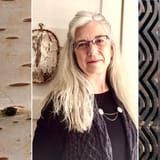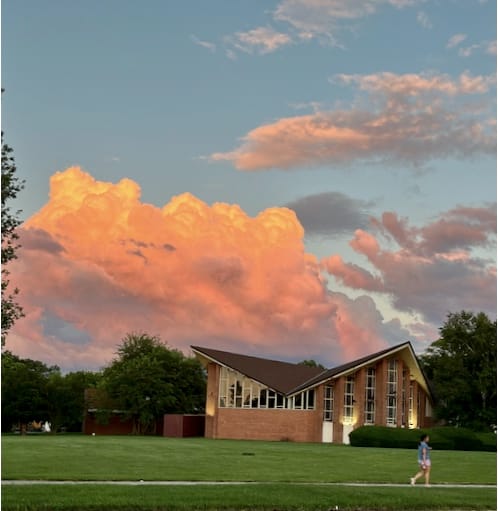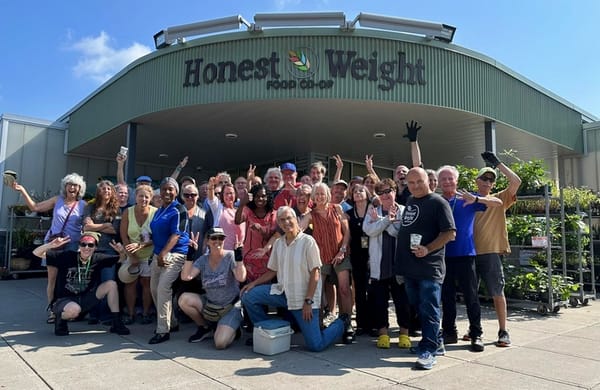Take a Break, So You Don't Break

The yoga teacher had guided us into one of my favorite restorative poses, balasana. Commonly known as child's pose, it involves folding into yourself like a pocket knife. Rest is the operative word here: your torso rests on your thighs, which rest on your calves. With any luck, your forehead will end up resting on the floor in front of you. Because the head is a big heavy object supported by a slender stem, this posture can feel like a relief "upstairs," even while "downstairs" the low back and knees might be filing some complaints. This is where conscious breathing comes in, to help release tension held in various joints.
"Breathe slowly and deeply. Let your body sink into the floor," the teacher intoned. "Feel the earth supporting you. Release all thoughts and worries." And, just as I had completely filled my lungs, she added, "Take a mini-vacation!"
I could hardly suppress a snicker on the exhale. At the time, I thought it was the silliest yoga instruction ever. That was over a decade ago, and I still smile every time I get into child's pose. But I have reconsidered the significance of tiny vacations. If I can create a state change using only intention, conscious breathing, and a posture that harks back to the fetal position, hey, why not? I've decided that it might have been the best yoga instruction ever.
Especially in light of multi-directional assaults being made on our minds and bodies. Our mental and physical health is being placed at risk by chaos at the FDA, CDC, and the offices of Health and Human Services. Women's reproductive freedom has been curtailed, and the bodily autonomy of homeless people, immigrants, and trans people is under daily attack. Spend any time on social media and you will witness masked agents chasing, tackling, tasing, and handcuffing construction workers, delivery men, and others, breaking car windows, throwing mothers or students into unmarked vehicles, stashing people in unfit holding spaces. Democrat Representative Nicole Collier has just filed a suit alleging "illegal confinement" to the Texas state capitol. And by the time of this writing, six GOP state governors have sent hundreds of National Guards to D.C., their bodies to be used as a display of potential force against the populace. Meanwhile, surveillance systems are being rapidly built out, and relentless intrusions of so-called artificial intelligence continue apace.
Resistance can take many forms. Demonstrators put their bodies on the street to protest or protect; onlookers document abuse with their cameras; legislators demand to be allowed in to inspect detention centers; or hold space with their bodies and speech, or absent their bodies to prevent a quorum; lawyers and attorney generals file lawsuits.
This is all necessary and good. But it needs to be intensified manyfold, because the scale of the wrongdoing is vast, and there is no clear end in sight. The longterm effort required to wrest power from this rapidly erected dictatorship has me thinking about the importance of yogic mini-vacations. To weather these times, we will need to access myriad practices for restoring our minds/bodies to some semblance of equilibrium, on repeat.
These practices, too, can take many forms. At the most basic, look for whatever allows you to feel more connected to natural rhythms. These are the rhythms of your body—breath, pulse, movement, circadian cycles—and those of nature—in seasonal patterns and the presence of other lifeforms. Depending on your existing state, you may need to choose between expanding and contracting. Sometimes extending yourself toward others will help refresh and rebalance you. Other times you may need to draw inward to regenerate your reserves.
Always, but especially right now, the very location of your body in space has significance. Some are currently looking for ways to pick up and move to safer places. For others, deepening connections to the community and/or landscape where they live may be what offers a lifeline.
This deepening can start from small seeds. It could start by finding your "sit spot"—a place where you regularly spend a few restful, quiet moments observing your surroundings. You might be watching trees, clouds, and birds from a window, or observing a neighborhood toddler learning to walk, and later to ride their first scooter. My city has a "Nature Bus" that runs a free summer route, taking riders to local parks and preserves on weekends. Libraries are good sources of field guides that can help you become more familiar with the birds, insects, and plants that even urban dwellers encounter.
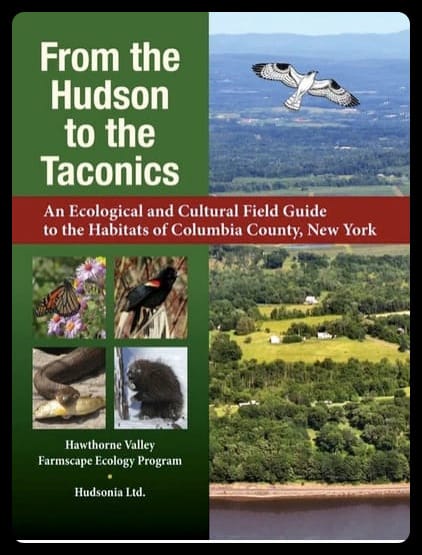
I'm fortunate to live near an area that has been extensively documented in this beautiful guidebook. I like to explore the countryside vicariously, especially in inclement weather, by opening the book randomly and seeing what I find.
Another way to cultivate a place-based orientation is to listen to podcasts such as this one by Jennifer Jewell, called Cultivating Place. It is inspiring and strengthening to learn from others who are restoring natural habitats of all kinds.
Whether you are a long term resident or a new arrival in a place, it can also be fun to spend time with a detailed paper map of your area. Many of us are used to navigating with our phones for any trips that take us out of our usual routes. We may have a repertoire of mental maps of discrete destinations, but lack a big-picture, relational view of our surroundings. You can counteract this fragmented perspective by investing in an old-fashioned topographic map for your state.
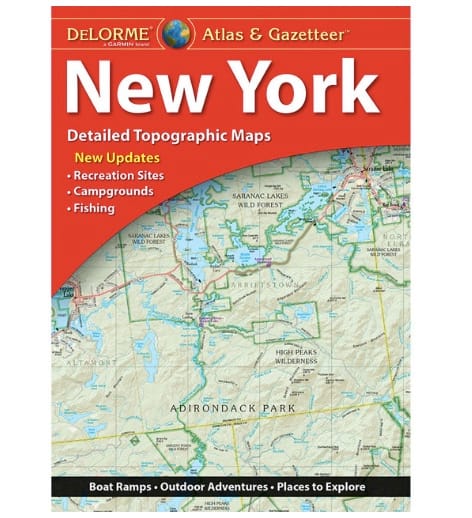
Along with helping you understand the relationships among the landforms, lakes, rivers, and streams you pass by, this may open new horizons for exploring scenic areas, back roads, nature preserves, you-pick farms and orchards, rail trails, and small towns in your vicinity. One of these places might turn out to be a very important "getaway," for when you need even just an hour or two of relief from life stressors.
Even long-familiar spots you visited as a kid, or with your kids, may have been developing in ways you've lost track of as your life has become busier or more complex. For example, we visited a local conservation area on a weekly basis during the early pandemic, and felt well-versed in its trails and sights. But revisiting it more recently, we found many changes: additional trails, significant new beaver activity, the development of large wildflower demonstration gardens, and the installation of a brand new Miyawaki mini-forest.

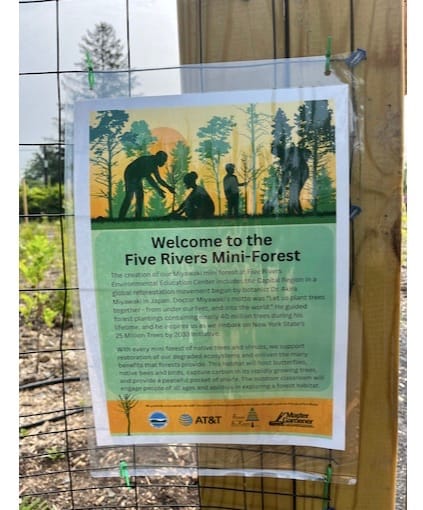
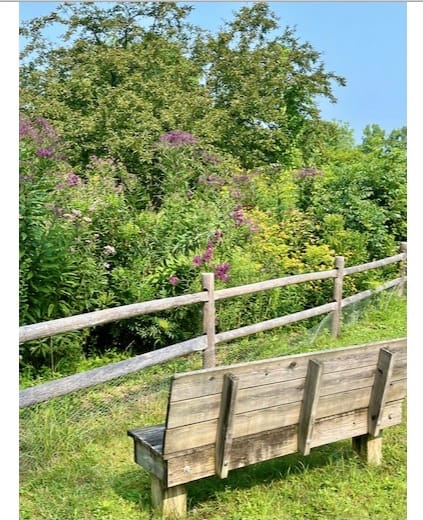
And speaking of maps, a friend of ours has created a way to gamify your growing relationship with place. The Block by Block game is described as "a game about building awareness and connection through engaging with the places you live." Working from dice dropped on a local map, the game consists of simple written instructions. These directions help you interact with an area, using six different categories (sensory, interactive, observational, etc.) of prompts and questions. It can be found here:

Block by Block is part of a whole genre of table top role playing games and zines that are about building better worlds. I believe imaginative play that also connects strongly with reality and lived possibilities holds transformative potential!
The current offerings look intriguing:

Along with the health benefits of taking these types of "mini-vacation," it has been my experience that deepening my sense of place and expanding my boundaries leads to new possibilities for connection and opportunities for experiences I hadn't known existed. One venture outward can lead to a positive chain of effects.
For example, about a year and a half ago, I heard that an art supply store had opened in a city about a half hour away. I wanted to support my local art store, but I also felt curious about this new enterprise. My visit led to conversations about creativity with the shop's owner. That led to her inviting me to join when she launched a writers group. Along with being an invaluable, supportive community, this group led me to collaborative projects with that city's library, as well as with an inspiring children's learning garden I hadn't been aware of.
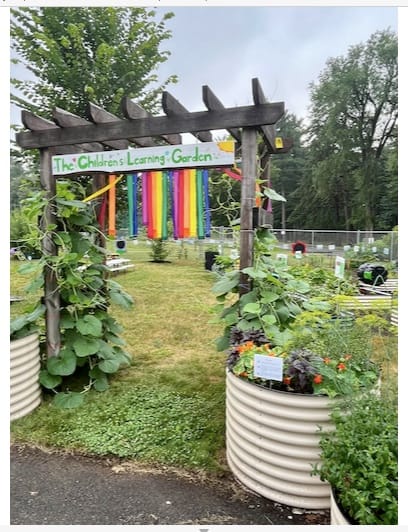
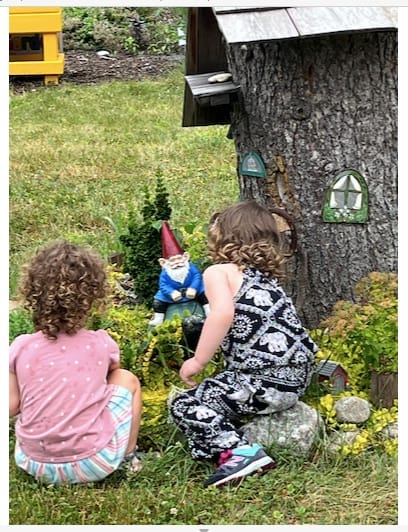
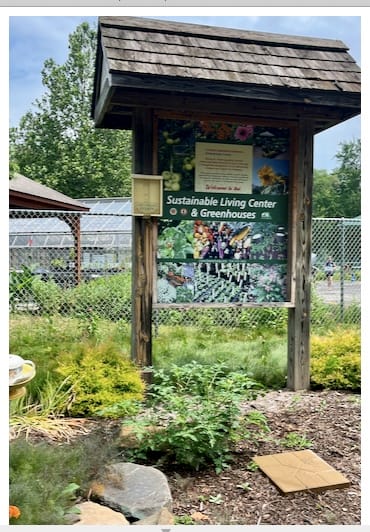
From there, connections and discoveries have kept on multiplying. As a fiction writer working on themes of sustainability and ecological stewardship, I've sometimes felt frustrated when it seems that so many exciting projects happen at a distance from where I live. But the chain of events originating in the writing group that I commute to has most recently led me to a discovery much closer to home. It's a native plant farm, started in the past year, on the outskirts of my city. Not only will it help me develop my habitat garden, it looks like the kind of active, education-oriented place I could really get involved with. https://homeearthalliance.org/imagine-native-plant-farm
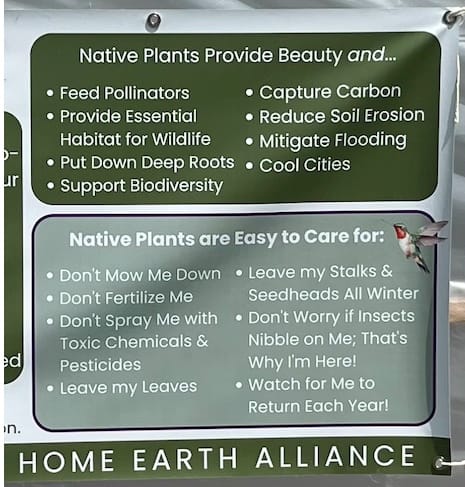
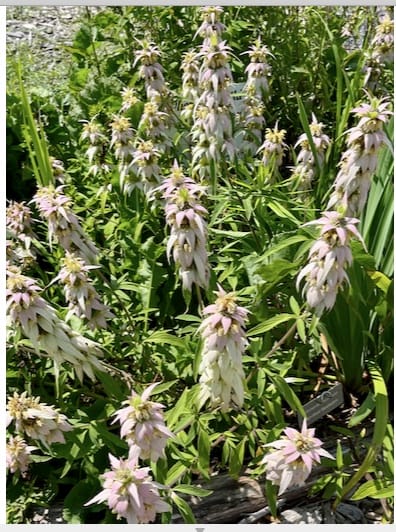
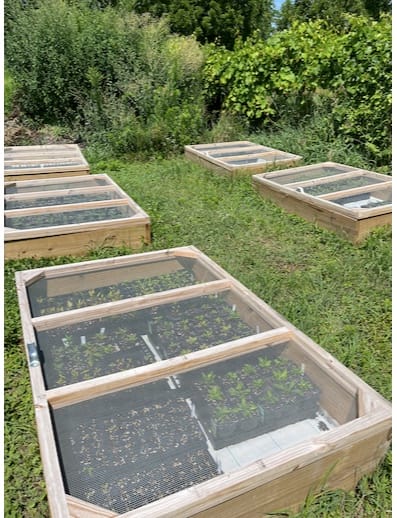
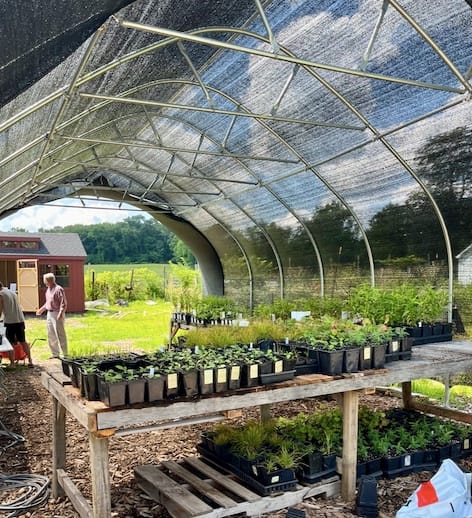
Imagine Native Plant Farm
Your mini-vacations may look completely different from any of my examples. They may look different from anything you've done before—these times call for new ways to adapt and act. The process starts by recognizing you have a need for a break, and then consciously focusing on whatever actions you can take that will help you get one. And to follow my own advice, I will be taking a two week break from the Learn, Imagine, Act project. Wishing you all the best until I return to this newsletter!
